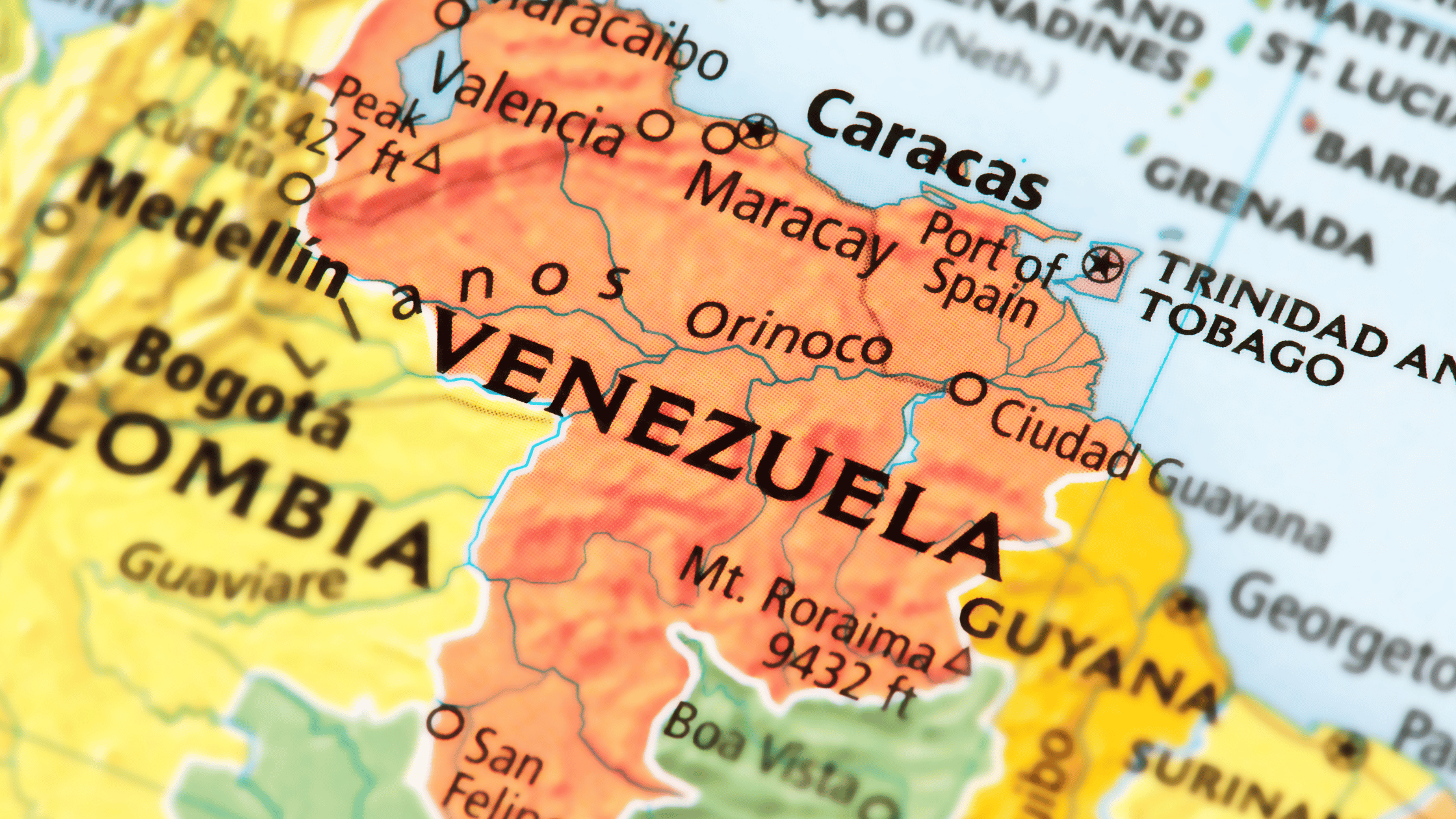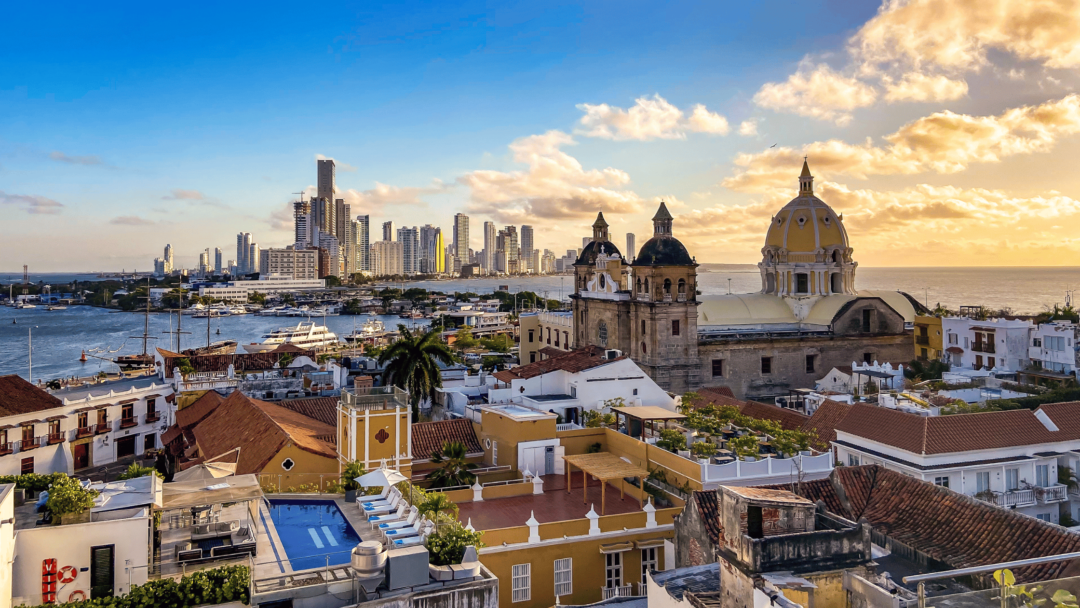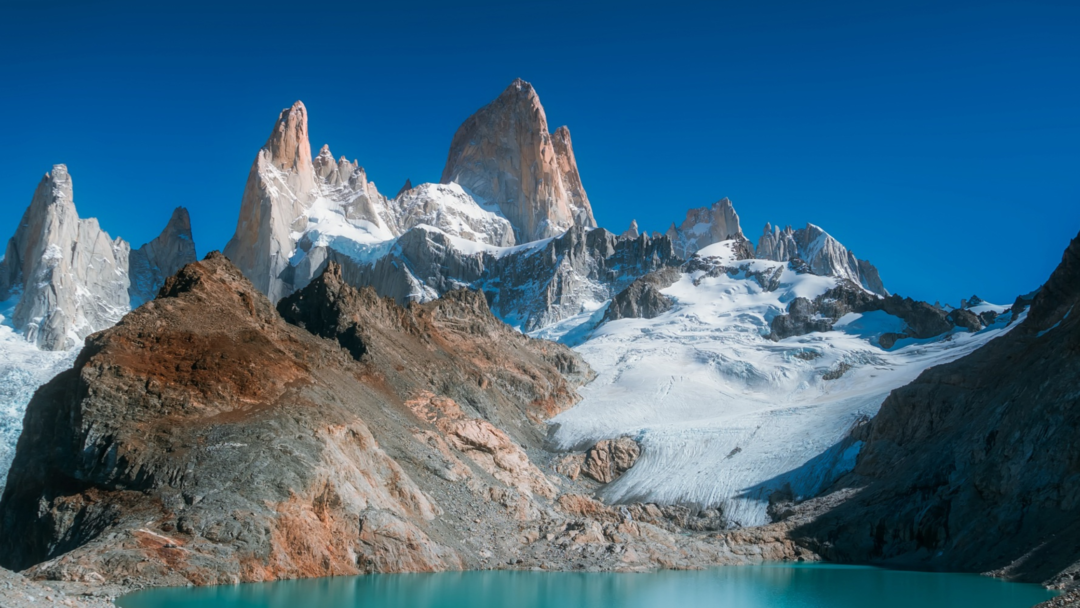Venezuela is a country rich in culture and traditions, offering an array of intriguing hobbies that reflect its vibrant heritage.
Many popular hobbies in Venezuela are deeply intertwined with the nation’s cultural identity, making them a unique way to explore its history and traditions.
From the rhythmic dance of Joropo, often considered the heartbeat of Venezuela’s plains, to the festive atmosphere of Carnaval, there’s no shortage of activities that provide both enjoyment and cultural immersion.

Engaging in these hobbies not only allows you to appreciate Venezuelan culture but also lets you understand the resilience and creativity of its people.
Whether you’re captivated by the intricate dance steps or the vibrant festivals, these activities offer a window into the daily lives and enduring spirit of Venezuelans.
Exploring popular pastimes like traditional dances, local crafts, and communal festivals will bring you closer to understanding the essence of life in Venezuela.
For those interested in getting started, local communities and cultural centers often host workshops and events.
Participating in these can provide a hands-on experience, allowing you to dive into the fascinating world of Venezuelan hobbies. This exploration promises not just leisure but also a deeper connection with the rich cultural fabric of Venezuela.
Cultural Landscape of Venezuela

The cultural landscape of Venezuela is a rich tapestry woven from indigenous, Spanish, African, and Caribbean influences. This melting pot is reflected in the nation’s vibrant traditions, artistic expressions, ethnic diversity, and storytelling.
Vibrant Traditions and Festivals
Venezuelan culture is marked by an array of colorful festivals. One of the most significant celebrations is Carnival, where cities come alive with parades, music, and dance, showcasing the nation’s indigenous, Spanish, and African heritage.
Other popular festivals include the annual Feria de la Chinita in Maracaibo and the Fiesta de San Juan. These events emphasize community, spirituality, and cultural pride, offering a deep insight into the nation’s diverse traditions.
Artistic Expressions in Venezuelan Art
Venezuelan art is a dynamic reflection of its cultural diversity. From pre-Columbian petroglyphs to contemporary street murals, art has always been an essential part of Venezuelan expression.
Prominent artists like Armando Reverón and Carlos Cruz-Diez have made substantial contributions to both modern and traditional art forms.
Vibrant colors, abstract interpretations, and cultural themes are prevalent, providing a window into the soul of the Venezuelan people.
Influence of Ethnic Diversity
The ethnic diversity in Venezuela, with influences from Spanish, African, indigenous, and Caribbean cultures, significantly shapes its cultural identity. Mestizos, who form a large part of the population, embody this fusion.
Ethnic diversity is visible in cuisine, with dishes like arepas and hallacas, and in music genres such as joropo, which combines indigenous and African rhythms. This blend creates a unique cultural richness that permeates daily life.
Literature and Storytelling
Venezuelan literature and storytelling hold a special place in the cultural landscape. The country’s literary tradition includes authors like Rómulo Gallegos, whose works highlight Venezuelan social and political issues.
Contemporary writers continue to explore themes of identity and history. Oral storytelling remains vibrant, especially within indigenous communities, preserving folklore and traditions through generations. Literature serves as both a cultural mirror and a historical documentation.
Music and Dance

Music and dance in Venezuela reflect a rich cultural heritage, blending traditional rhythms with contemporary influences. From the local music scene to iconic dance styles, Venezuela’s artistic expressions are a profound part of its identity.
Traditional Genres and Rhythms
Venezuelan music boasts a variety of traditional genres and rhythms that provide insight into its cultural roots.
The joropo is particularly significant, often called the heart of Venezuelan music. Originating in the plains, or llanos, it employs instruments like the harp, cuatro (a small guitar), and maracas.
Another notable genre is lanera, folk music that narrates life in the plains. These rhythms continue to hold importance in Venezuelan festivals and everyday life.
Dance as Cultural Expression
Dance plays an integral role in showcasing Venezuelan cultural identity.
Joropo dance, for instance, is characterized by intricate footwork and vibrant costumes, representing themes of love and rural life.
This dance form is celebrated in various regions, each adding unique elements to the performance.
You will also find vibrant displays of salsa and merengue at local events, symbolizing the fusion of indigenous, African, and European influences in Venezuelan culture.
Dance schools and community centers frequently offer lessons, making it accessible to all.
Contemporary Music Scene
The contemporary music scene in Venezuela blends traditional sounds with modern genres.
Popular artists often merge joropo, lanera, and other traditional rhythms with rock, pop, and reggaeton, creating a unique and dynamic musical landscape.
Local music festivals and live performances are great ways to experience this blend firsthand.
Venues in major cities like Caracas showcase a range of music styles, giving you a taste of both the past and the future of Venezuelan music. These evolving sounds reflect the resilience and creativity of Venezuelan artists.
Venezuelan Cuisine

Venezuelan cuisine is a vibrant reflection of its diverse culture, featuring a mix of indigenous, African, and European influences. Key dishes include arepas, pabellón criollo, and hallacas, all of which highlight the rich traditions and agricultural bounty of the country.
Dishes That Define a Nation
One of the most iconic Venezuelan foods is the arepa, a versatile cornmeal flatbread. Arepas can be grilled, baked, or fried and are commonly filled with ingredients like cheese, meats, or avocado. These adaptable, satisfying favorites are a daily staple.
Another cornerstone of Venezuelan cuisine is pabellón criollo. Recognized as the national dish, it consists of shredded beef, black beans, white rice, and fried plantains. This hearty meal embodies the cultural melting pot of Venezuela, combining influences from various backgrounds.
During festive times, hallacas are often prepared. This tamale-like dish features a mixture of meats, capers, raisins, and olives, all wrapped in banana leaves. Hallacas are traditionally served at Christmas and are cherished for their rich flavor and elaborate preparation process.
Food and Holiday Connections
Venezuelan cuisine is deeply intertwined with holiday celebrations.
Cachapas, sweet corn pancakes filled with cheese, are frequently enjoyed during local festivals. They represent the joy and communal spirit of these gatherings.
During Christmas, families come together to make and enjoy hallacas. The process of preparing these savory tamales is a social activity, bringing multiple generations together in kitchens across the country.
Tropical fruits like mangoes, papayas, and passion fruits are prominently featured in holiday feasts.
These fruits are integral to many dishes and drinks, highlighting the country’s rich agricultural resources.
For example, coconut-based desserts like Bienmesabe are popular choices during festive seasons.
Check out our Huge List of Food Hobbies for more awesome food and cooking-related hobby ideas!
Culinary Regions of Venezuela
Venezuela’s diverse geography contributes to its varied culinary regions.
In the Andean region, you find hearty potato and corn-based dishes, reflecting the colder climate and agricultural practices. The highlands also favor heavy stews and soups.
The coastal areas offer a bounty of seafood, with dishes such as Cazón (shark) stews and Fosforera (seafood soup).
Fresh tropical fruits and coconut play a significant role in the coastal diet, creating refreshing and flavorful meals.
In Central Venezuela, corn-based foods like arepas and cachapas dominate. The agriculture-rich plains produce beef and other ingredients essential to traditional dishes.
This region’s cuisine epitomizes the intersection of Venezuelan flavors and agricultural abundance.
Sports and Outdoor Activities

Venezuela offers an array of popular sports and thrilling outdoor activities. From baseball to hiking in the Andes Mountains, the country’s diverse landscape provides unique opportunities for recreation and adventure.
Popular Sports and Team Spirit
Baseball is the most cherished sport in Venezuela, drawing large crowds and fostering team spirit.
The country has produced renowned players like Miguel Cabrera, contributing to baseball’s rich history. Rugby has also gained popularity, with the national team participating in international competitions like the Rugby World Cup.
Football (soccer) is another widely followed sport, with many local teams and passionate fans.
Stadiums fill up for local and international matches, showcasing Venezuela’s love for team sports and competitive spirit.
Exploring Nature and Wildlife
Venezuela boasts stunning natural parks and diverse wildlife.
Canaima National Park is home to Angel Falls, the world’s highest waterfall, attracting tourists and nature enthusiasts. The Los Roques Archipelago offers pristine beaches and snorkeling opportunities, ideal for marine life exploration.
Wildlife enthusiasts can visit the Morrocoy National Park to see flamingos and other exotic birds.
Hiking in the lush jungles provides glimpses of Venezuela’s unique fauna, from jaguars to howler monkeys. Each park offers a different experience, reflecting the country’s rich biodiversity.
Adventures in the Venezuelan Landscape
For adventure seekers, Venezuela’s landscape is a playground.
The Andes Mountains provide excellent hiking trails with breathtaking views. Peaks like Pico Bolívar challenge even the most experienced climbers, making it an ideal destination for mountaineering.
The country’s rivers and coastal areas are perfect for kayaking, paragliding, and even windsurfing.
Margarita Island is a hotspot for water sports, attracting windsurfers and kitesurfers from around the world. Each adventure activity promises an exhilarating experience against Venezuela’s beautiful backdrop.
Check out our full post of Outdoor Hobbies for more great hobby ideas to spend time in the great outdoors.
Fashion and Costume

The fashion and costume traditions in Venezuela are deeply rooted in the country’s culture and are vividly brought to life during various festivities and parades. Traditional attire often reflects regional identity and showcases the vibrant colors and intricate details that are integral to Venezuelan heritage.
Colors of Venezuelan Attire
Venezuelan clothing is known for its bright and elaborate designs.
Women often wear long dresses in vivid colors, adorned with embroidery or lace. These dresses are especially prominent during special events.
Men’s traditional attire typically includes cotton shirts with detailed stitching, paired with trousers. The combination of colors and textures signifies joy and celebration.
Hats and gloves add an extra touch of sophistication to traditional outfits, embodying both elegance and cultural pride. These accessories are essential, especially for special occasions such as weddings and festivals.
Costumes Across Festivities
During festivals like the Carnival of Venezuela, costumes are a focal point. Participants don elaborate outfits made from feathers, sequins, and other vibrant materials.
The parades see people in a variety of costumes that highlight the nation’s love for color and theatrics.
In the Feast of San Juan, traditional garments are worn to honor historical customs. Women’s dresses have intricate patterns, while men often opt for traditional shirts and pants.
These costumes symbolize the blending of Venezuela’s various ethnic influences and convey a sense of communal identity.
Whether it’s a casual gathering or a grand parade, the importance of costume in Venezuelan culture is irrefutable.
The intricate details and vibrant colors reflect a rich heritage and a fervent spirit of celebration.
Religious Observances and Holidays

Venezuela’s religious landscape is shaped by a blend of Christian celebrations and indigenous and African spiritual practices. These observances reveal the country’s cultural richness and diversity.
Christian Celebrations in Venezuela
Venezuela’s Roman Catholic heritage significantly influences its calendar of religious holidays. Christmas is the most anticipated holiday, starting on December 16 with nightly masses known as “Misas de Aguinaldo.”
Semana Santa (Holy Week) is another crucial period, leading up to Easter Sunday. During this time, processions and reenactments of the Passion of Christ are common.
Lent and Corpus Christi are also significant.
During Lent, many Venezuelans participate in fasting and penance.
Meanwhile, Corpus Christi features colorful processions, with participants donning traditional masks and costumes.
These celebrations are not only religious but also communal, fostering a sense of unity.
Indigenous and African Spiritual Practices
Beyond Christian observances, Venezuela’s indigenous and African communities maintain their unique spiritual traditions.
Many indigenous people incorporate their ancestral beliefs into their daily lives, honoring natural elements and ancestors.
These practices often coexist with Catholic rituals.
African spiritual practices, brought by descendants of enslaved Africans, also persist in some regions.
These rituals often include drumming, dancing, and offerings to deities and spirits.
This fusion of beliefs results in a vibrant religious tapestry, reflecting the country’s complex history.
Celebrations like these are not only cultural spectacles but also vital expressions of identity and heritage.
Exploring Venezuela’s Natural Wonders

Venezuela boasts a variety of unique landscapes and ecosystems, vibrant natural heritage sites, and opportunities to connect with indigenous communities. These features offer a rich tapestry of experiences for nature enthusiasts and cultural explorers alike.
Unique Landscapes and Ecosystems
Venezuela is renowned for its diverse landscapes. The towering Angel Falls, the world’s tallest waterfall, cascades impressively from a flat-topped mountain in Canaima National Park.
The majestic Andes Mountains stretch across the western part of the country, offering excellent opportunities for hiking and mountaineering.
You’ll also find the vast Orinoco Delta, with its intricate waterways and rich biodiversity, including numerous bird species and unique aquatic life.
The stunning Los Roques Archipelago provides a paradise for snorkeling and diving with its pristine coral reefs and turquoise waters.
Natural Heritage Sites
Venezuela is home to significant natural heritage sites.
Canaima National Park, a UNESCO World Heritage Site, features dramatic tepuis, ancient table-top mountains that house unique ecosystems and stunning natural beauty.
Exploring these areas reveals rare plants and animals found nowhere else on the planet.
The Amazon Rainforest extends into Venezuela, offering lush vegetation and incredible biodiversity.
Morrocoy National Park and Mérida are also worth visiting for their natural beauty.
Morrocoy offers coastal attractions, while Mérida provides access to high-altitude environments and expansive views.
Connecting with Indigenous Communities
Venezuela’s indigenous communities play a crucial role in preserving the country’s natural wonders.
In the Orinoco Delta, you can visit Warao villages and learn about their traditional way of life and their relationship with the delta’s unique ecosystem.
In Canaima National Park, the Pemon indigenous people maintain deep cultural ties to the land, including the area surrounding Angel Falls.
Engaging with these communities offers insights into sustainable living practices and the cultural significance of Venezuela’s diverse landscapes.
Connecting with these groups not only enriches your understanding of Venezuela’s natural beauty but also highlights the importance of protecting these areas for future generations.
Frequently Asked Questions

Exploring hobbies in Venezuela offers a unique glimpse into the country’s vibrant cultural activities, popular sports, traditional celebrations, rich culinary traditions, and diverse cultural groups.
What are the top cultural activities to engage in while in Venezuela?
In Venezuela, you can immerse yourself in local dance forms like salsa and joropo.
Experience the rich musical traditions by attending live concerts that feature traditional instruments like the cuatro and maracas.
Visit museums and art galleries to get a sense of Venezuelan history and contemporary art.
What sports are most enjoyed by Venezuelans?
Baseball is a beloved sport in Venezuela, with many local leagues and a passionate fan base.
Soccer is also extremely popular, and you will find people playing in parks and watching matches in bars.
Basketball and cycling have garnered interest as well.
Can you list traditional Venezuelan celebrations and their significance?
The Carnival of Venezuela is a vibrant celebration featuring parades, colorful costumes, and lively music.
The Feast of Corpus Christi showcases traditional dances and religious processions.
Meanwhile, the Festival of San Juan celebrates Afro-Venezuelan culture with drumming, singing, and community gatherings.
What are some key facts that exemplify Venezuelan culture?
Venezuelan culture is a fusion of indigenous, Spanish, and African influences.
The country’s music, such as llanero and gaita, reflects this blend.
Family and community play central roles in daily life. Festivals and local markets are important social hubs where you can experience the warmth of Venezuelan hospitality.
How is Venezuela’s culture reflected in its culinary traditions?
Venezuelan cuisine features diverse flavors and ingredients.
Arepas, a type of cornmeal cake, are a staple food. Pabellón criollo, the national dish, includes rice, black beans, plantains, and shredded beef.
Street food like empanadas and tequeños offer quick, delicious bites that are popular among locals.
What are the distinct cultural groups that contribute to the diversity of Venezuela?
Venezuela is home to various cultural groups. These include indigenous communities, Afro-Venezuelans, and Europeans. Each group has contributed to the nation’s rich tapestry of traditions, languages, and practices.





